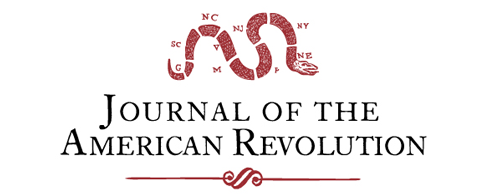The House at Penny Ferry, Burnt: Skirmishes on the Mystic
In the summer of 1775, American forces had succeeded in bottling up the British army on the Boston peninsula and laying siege to the town. Although virtually surrounded by thousands of Continental soldiers, the British did not remain perfectly contained in Boston for the duration of the siege. Nor did the two forces maintain a […]
